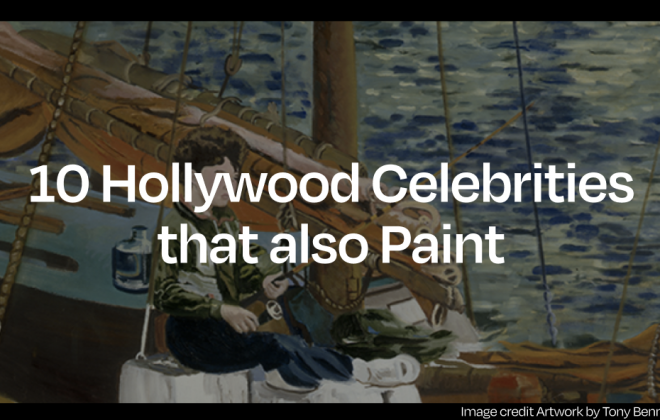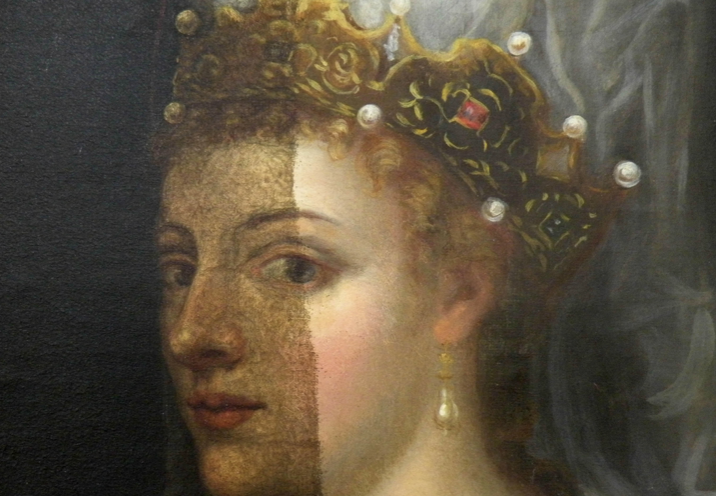
The Timeless Craft of Art Restoration: How do we do it? And why?
Art restoration, the meticulous process of preserving and repairing artworks, stands as a testament to humanity’s dedication to safeguarding cultural heritage. This craft not only aims to maintain the aesthetic and historical integrity of art but also serves as a bridge connecting past and future generations. In this comprehensive exploration, we will delve into the essence of art restoration, its significance, notable cases of restoration and destruction, the risks involved, and the intricate techniques employed by restorers.
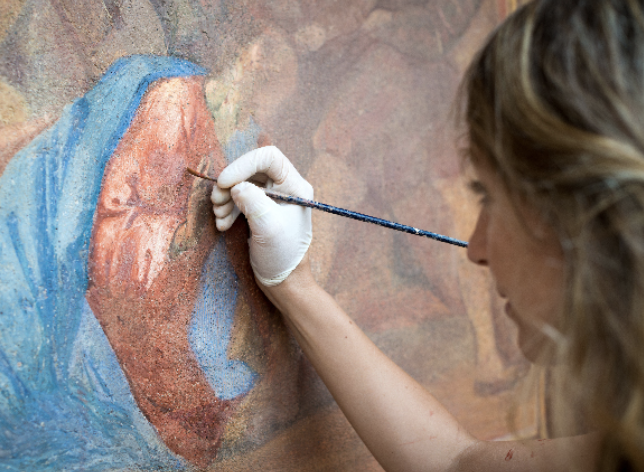
What is Art Restoration?
Art restoration is the practice of repairing and conserving artworks that have been damaged by time, environmental factors, or human intervention. This process can involve a range of activities, from cleaning and stabilising a piece to reconstructing lost or damaged elements. The ultimate goal is to preserve the artwork’s original appearance and structural integrity while ensuring its longevity.
Restoration can apply to various forms of art, including paintings, sculptures, textiles, and manuscripts. Each type of artwork requires specific techniques and materials, making art restoration a highly specialised field. Restorers often work in museums, galleries, and private conservation studios, collaborating with curators, historians, and scientists to achieve the best possible results.
Why Do We Restore Art?
The restoration of art is driven by several key motivations:
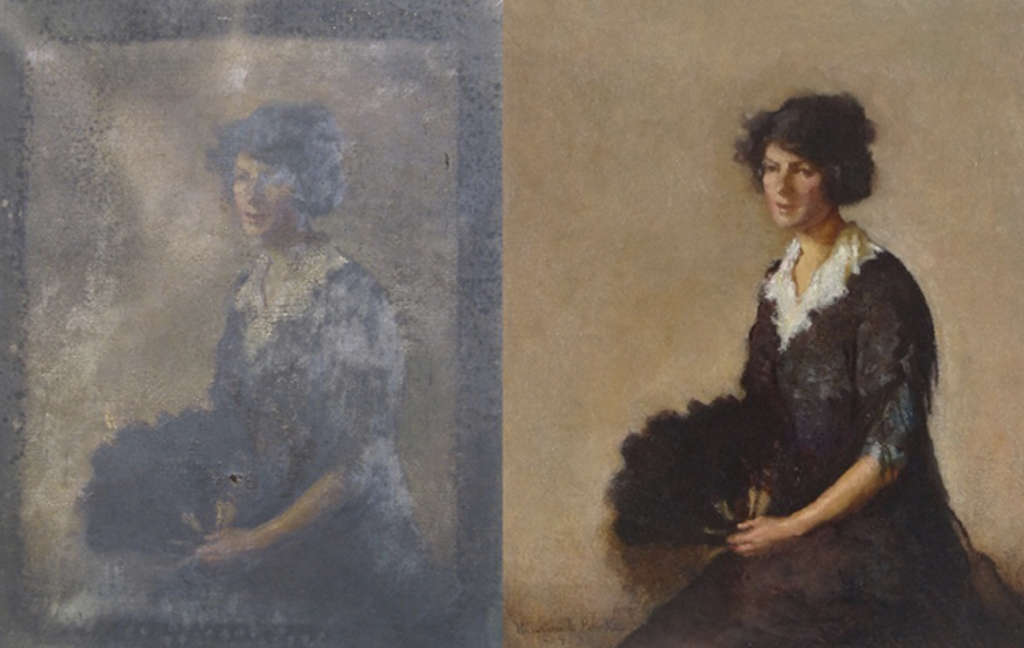
1. Preservation of Cultural Heritage
Artworks are invaluable records of human history, culture, and creativity. Restoring art ensures that future generations can experience and learn from these cultural treasures. By preserving artworks, we maintain a connection to our past and celebrate the achievements of different civilizations.
2. Aesthetic Appreciation
Art is meant to be seen and appreciated. Over time, artworks can suffer from fading, discoloration, and physical damage that diminish their visual impact. Restoration helps return these pieces to their original glory, allowing viewers to fully appreciate the artist’s intent and craftsmanship.
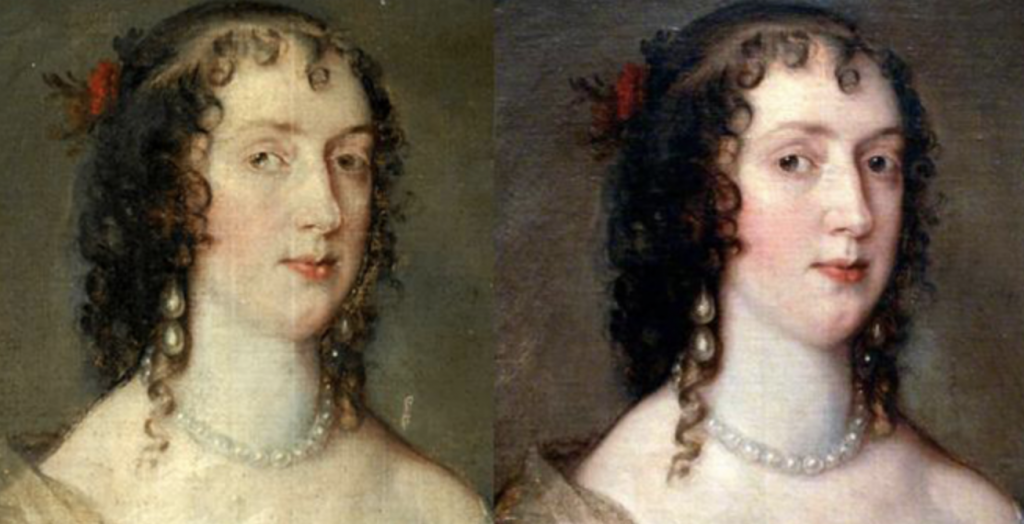
3. Educational and Research Purposes
Restored artworks provide important insights for scholars, historians, and students. By maintaining the integrity of these pieces, we ensure that they remain valuable resources for research and education. Restoration can also uncover hidden details and techniques, offering new perspectives on historical and artistic contexts.
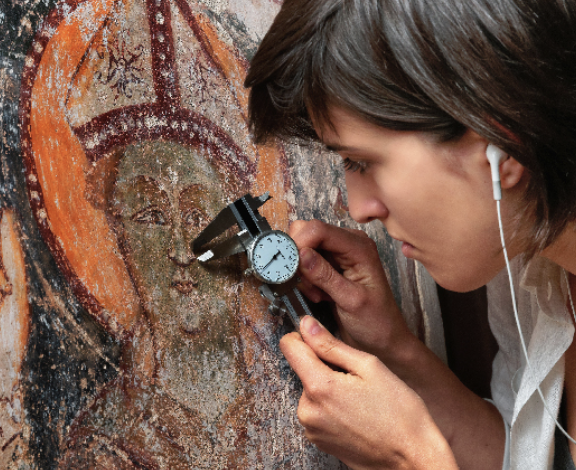
4. Economic Value
Artworks often hold significant monetary value. Restoration can enhance or preserve this value, making it a crucial consideration for collectors, museums, and galleries. Well-preserved artworks can attract visitors, boost tourism, and contribute to the economy.
Famous Artworks: Destruction and Restoration
Throughout history, many famous artworks have suffered damage due to various factors, including natural disasters, accidents, and vandalism. Here are a few notable examples of destroyed and restored artworks:
1. Leonardo da Vinci’s “The Last Supper”
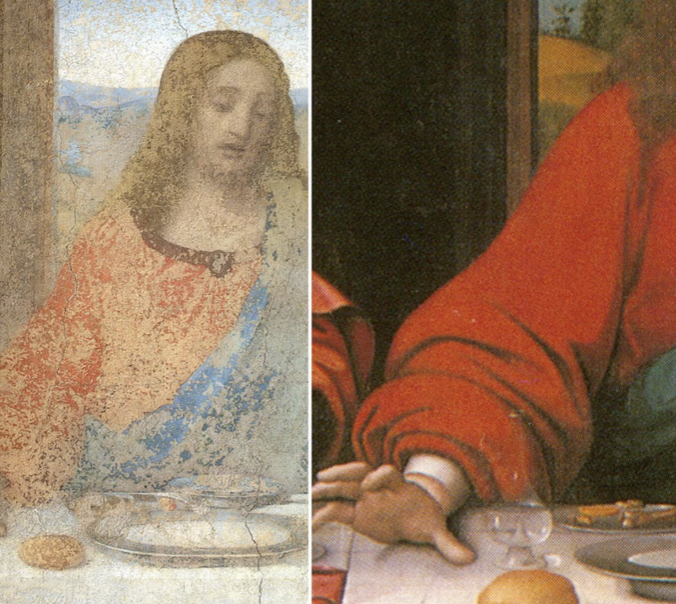
Leonardo da Vinci’s “The Last Supper,” painted between 1495 and 1498, is one of the most iconic works of the Renaissance. Located in the Convent of Santa Maria delle Grazie in Milan, the mural has faced significant challenges over the centuries. Poor environmental conditions, attempts at previous restorations, and damage during World War II all contributed to its deterioration.
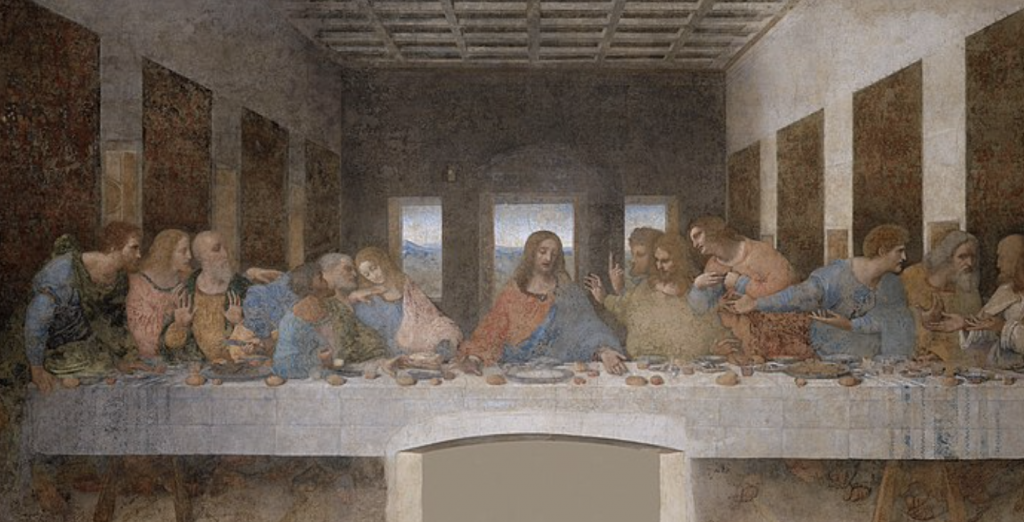
The most recent restoration, completed in 1999, took over 20 years. Restorers used advanced techniques to remove layers of dirt, varnish, and previous restoration attempts, revealing da Vinci’s original brushwork. This restoration sparked debates about the extent of intervention and the balance between preserving the original and adding new material.
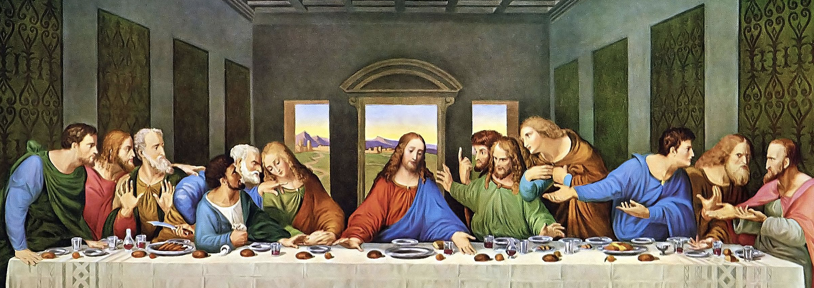
2. Michelangelo’s Sistine Chapel Ceiling
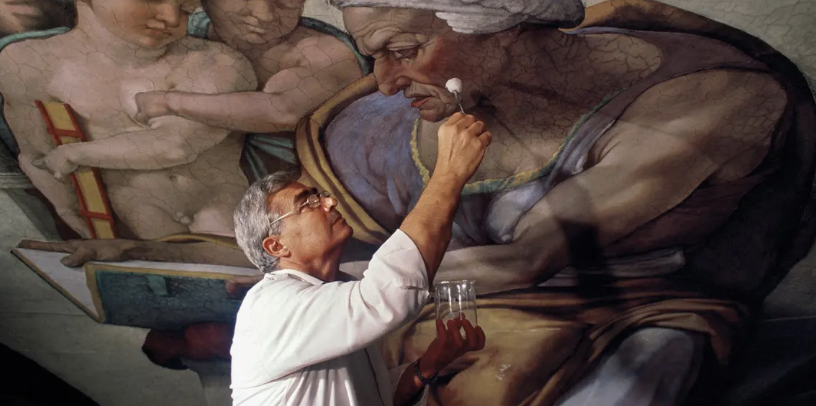
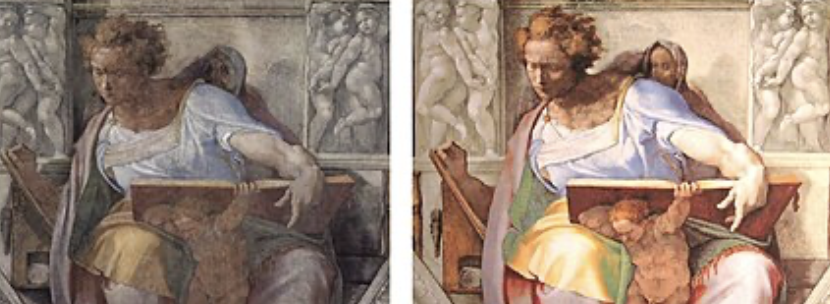
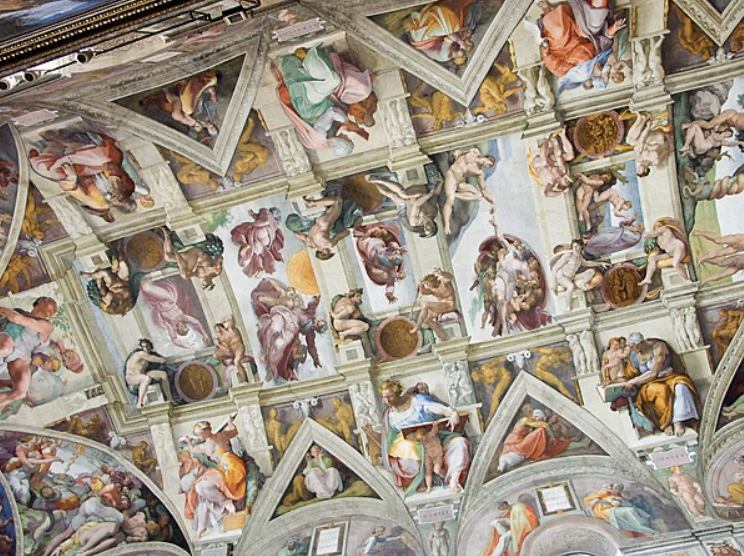
3. Rembrandt’s “The Night Watch”
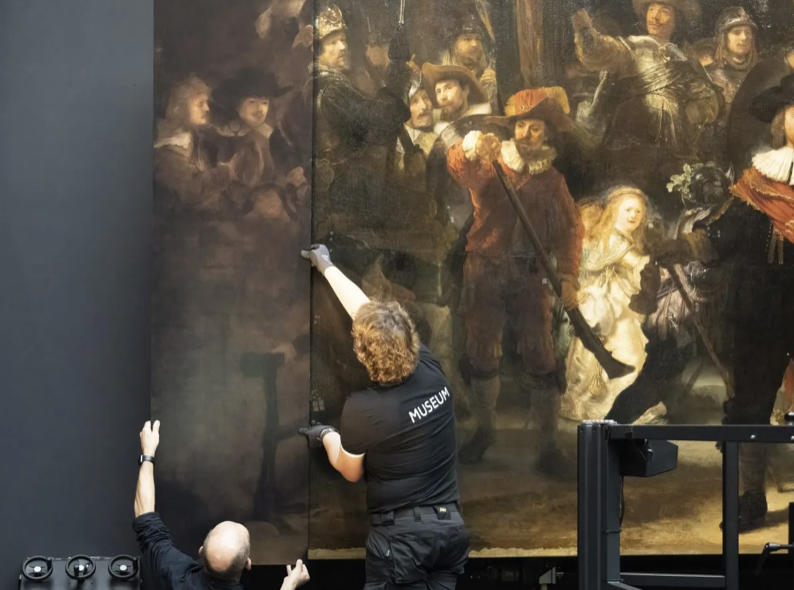
Rembrandt’s “The Night Watch,” painted in 1642, is one of the most celebrated works of the Dutch Golden Age. The painting has faced numerous challenges, including vandalism and deterioration. In 1975, a man attacked the painting with a knife, causing significant damage.
A meticulous restoration followed, focusing on repairing the cuts and stabilising the canvas. The most recent restoration, part of the “Operation Night Watch” project, began in 2019 and involves the use of advanced imaging and analysis techniques to ensure a careful and accurate restoration. This project is being conducted in public view at the Rijksmuseum in Amsterdam, allowing visitors to witness the restoration process firsthand.
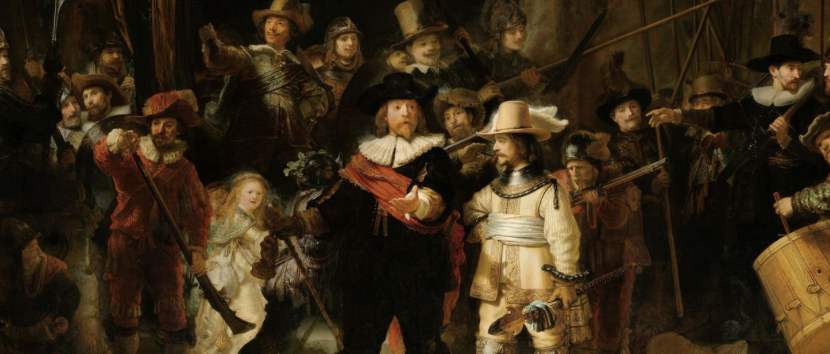
Can Something Go Wrong? The Risks of Art Restoration
Art restoration is a delicate and complex process that carries inherent risks. Despite the best intentions and expertise of restorers, things can go wrong, leading to unintended consequences. Some of the potential risks and challenges include:
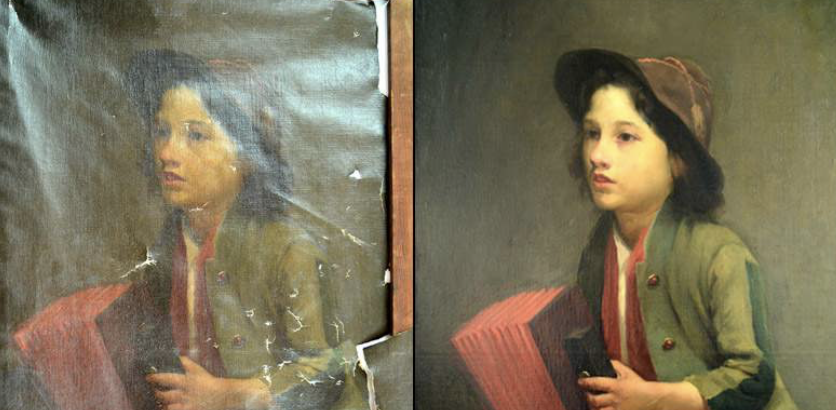
1. Irreversible Damage
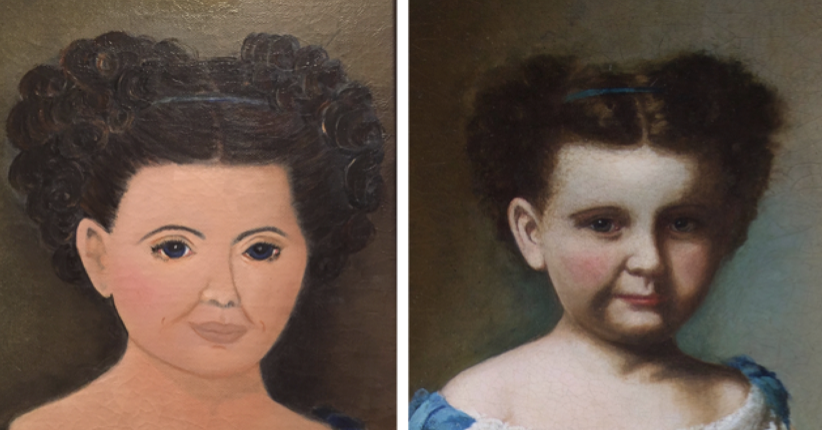
In some cases, restoration efforts can cause irreversible damage to the artwork. Over-cleaning, using harsh chemicals, or applying inappropriate materials can lead to loss of original paint layers, colors, and details. Once this damage occurs, it is often impossible to restore the artwork to its original state.
2. Misinterpretation of the Artist’s Intent
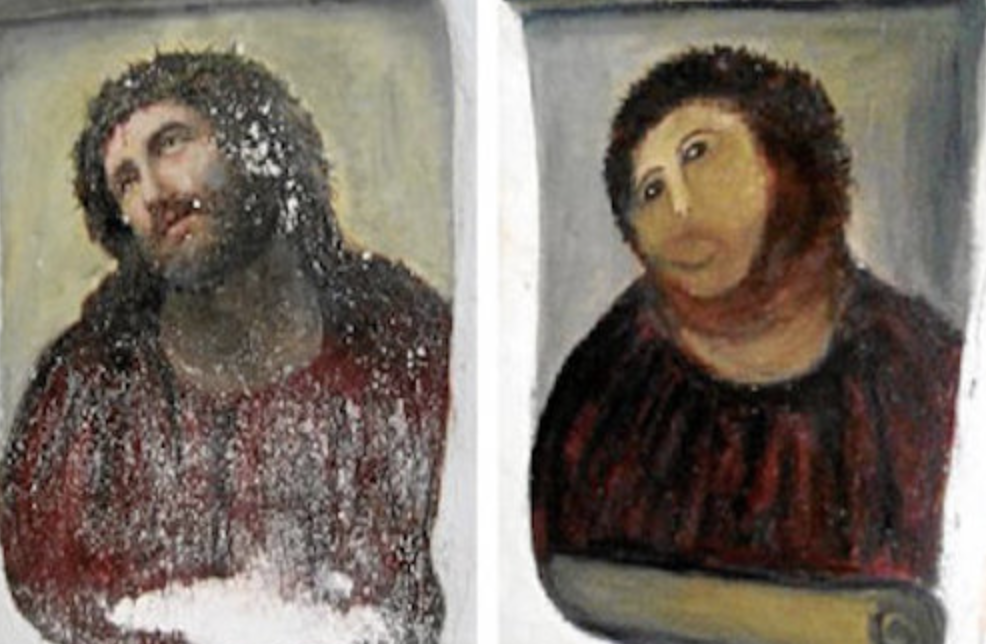
3. Ethical Dilemmas
Art restoration often involves ethical considerations, such as deciding how much intervention is appropriate and whether to prioritize preserving the original or making the artwork visually appealing. These decisions can be controversial and subjective, leading to debates within the art community.
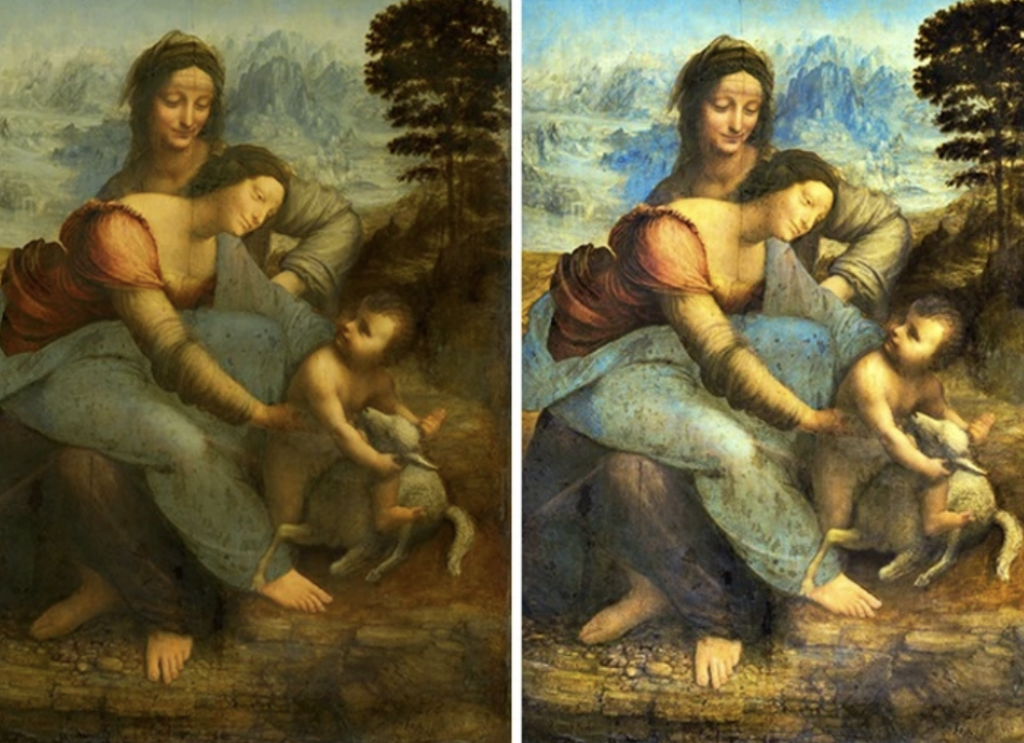
4. Technological Limitations
While advancements in technology have improved restoration techniques, they also come with limitations. New methods and materials may have unknown long-term effects, and some damages may be beyond the reach of current technology.
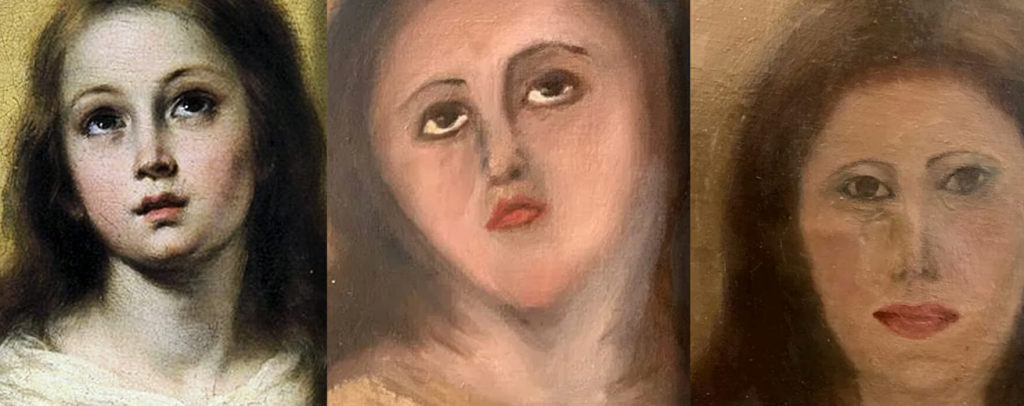
How Do Art Restorers Restore Art? The Techniques and Processes
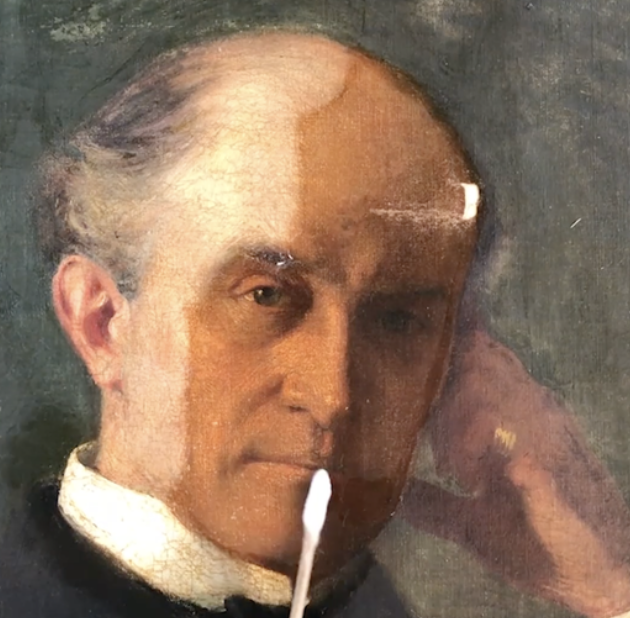
1. Assessment and Documentation
The restoration process begins with a thorough assessment of the artwork’s condition. Restorers examine the piece using various techniques, such as visual inspection, ultraviolet (UV) light, infrared (IR) imaging, and X-ray analysis. These methods help identify underlying issues, such as previous restorations, hidden damages, and the composition of materials.

Detailed documentation, including photographs and written reports, is created to record the artwork’s condition before any restoration work begins. This documentation serves as a reference throughout the restoration process and provides valuable information for future conservation efforts.
2. Cleaning
Cleaning is often one of the most critical and challenging steps in art restoration. Dirt, grime, varnish, and overpainting can obscure the original colors and details of the artwork. Restorers use a variety of gentle cleaning techniques, tailored to the specific materials and condition of the piece.
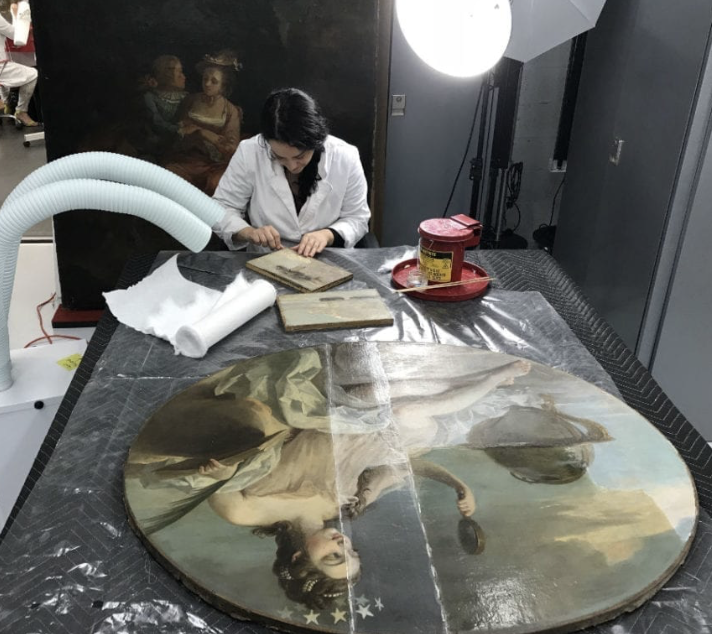
3. Stabilisation and Repair
Stabilising the artwork is crucial to prevent further deterioration. For paintings, this may involve consolidating flaking paint, repairing tears or punctures in the canvas, and reinforcing the structure with new backing materials. For sculptures and objects, stabilisation can include reattaching broken pieces, filling cracks, and reinforcing weak areas.
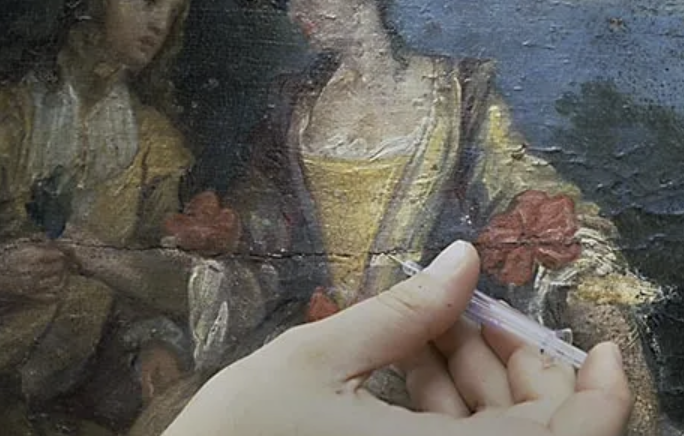
4. Inpainting and Retouching
Inpainting involves carefully applying new paint to areas where the original has been lost or damaged. The goal is to fill in gaps and restore the artwork’s visual coherence without altering its original appearance. Restorers use fine brushes, magnification tools, and colour-matching techniques to achieve precise results.
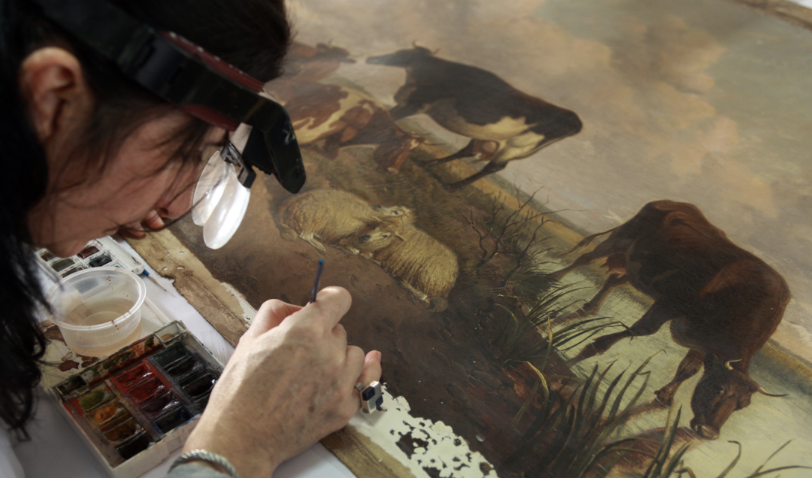
5. Varnishing and Protective Coatings
Once the restoration work is complete, a protective varnish or coating is often applied to the artwork. Varnish enhances the colours and provides a layer of protection against environmental factors, such as light, humidity, and pollutants. The choice of varnish depends on the type of artwork and
the specific requirements for its preservation. Modern varnishes are typically formulated to be reversible, allowing future restorers to remove them without damaging the underlying paint.
Check out top-rated local artists near you!
Are you an artist ? Sign Up












